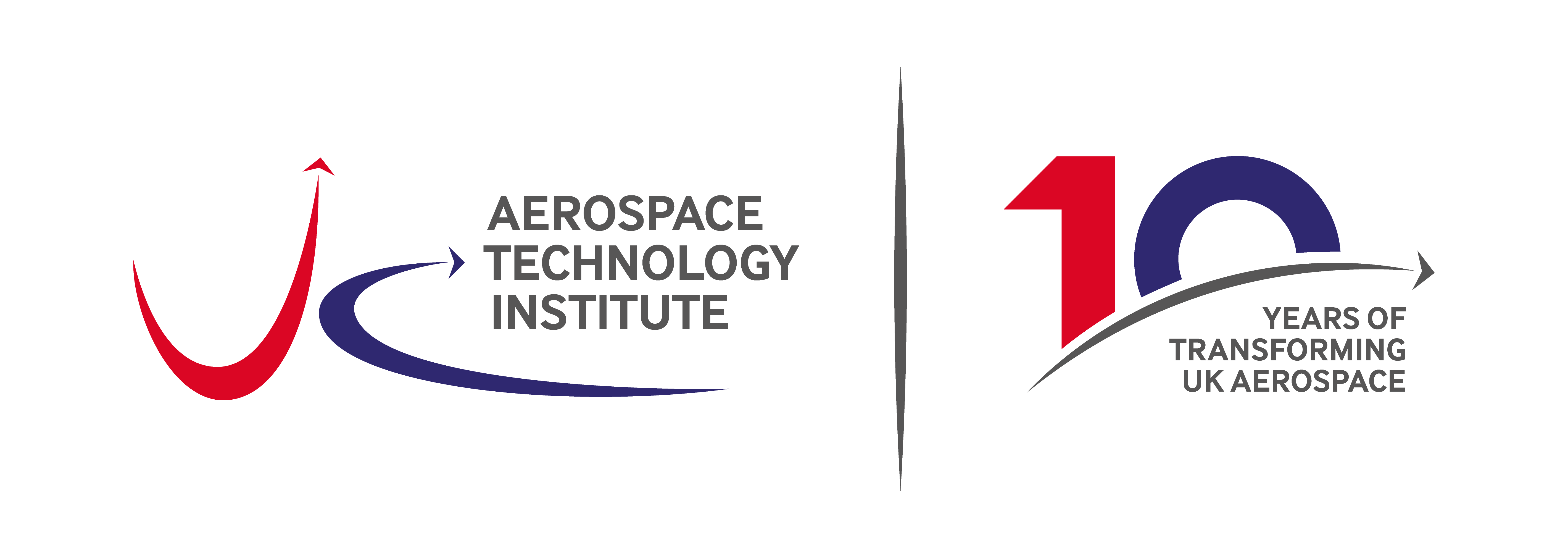Energy Systems Catapult’s Net Zero report comes at a key time on the journey to Destination Zero
ATI Head of Technology – Sustainability & Strategy, Adam Morton discusses the Energy Systems Catapult’s Innovating to Net Zero report which explores how the UK can achieve a cost-effective Net Zero energy system.
Last week, the Energy Systems Catapult (ESC) published the latest version of its Innovating to Net Zero report exploring how the UK can achieve a cost-effective Net Zero energy system. Using a range of plausible Net Zero scenarios it identifies innovation priorities for an affordable, desirable and resilient future energy system underpinned by low carbon products and services.
The report notes it is essential we accelerate the innovation of more novel technologies to commercially scalable and replicable solutions in key areas, including aviation, if we are to get to Net Zero by 2050. This development of ultra-efficient, zero-carbon and cross-cutting technologies alongside the ramping up of renewable energy sources for the production of sustainable aviation fuel and hydrogen will be crucial on the journey to Destination Zero.
 I was delighted to participate in the conference the launch the report alongside leading figures from the energy. The opportunity to join the expert panel on hard to abate sectors with John Salthouse, Damitha Adikaari, Hannah Bronwin and Theresa Geruson was an interesting discussion as part of this timely event.
I was delighted to participate in the conference the launch the report alongside leading figures from the energy. The opportunity to join the expert panel on hard to abate sectors with John Salthouse, Damitha Adikaari, Hannah Bronwin and Theresa Geruson was an interesting discussion as part of this timely event.
The Innovating to Net Zero report recognises key challenges of decarbonising the aviation sector in the UK and for the first time made liquid hydrogen available to aviation in its ESME model. This reflects ATI findings from its FlyZero work that this low-carbon fuel may be the most promising Zero Emissions Aircraft option during the period out to 2050.
The ESC recognises the considerable technical challenges will need to be overcome to make liquid hydrogen use a reality in UK aviation. However, with sufficient technical development, the ESC sees possible use of liquid hydrogen in aircraft from 2035 onwards, with this initially in regional aircraft and expanding into narrow bodies in the following decade.
It is encouraging that where the hydrogen option is available, it is consistently picked by the ESME model as part of decarbonising the aviation sector. It is also notable that this sustainable hydrogen is expected to be derived from a variety of sources including biomass, fossil fuels with CCS and nuclear. This diversity provides greater confidence regarding resilience and genuine sustainability.
This year, the ESC is revisiting the aviation sector’s representation in its ESME model which will represent an updated view of the role of hydrogen and low-carbon fuels.
To download the report, visit https://es.catapult.org.uk/report/innovating-to-net-zero-2024/
Cover image © Energy Systems Catapult


